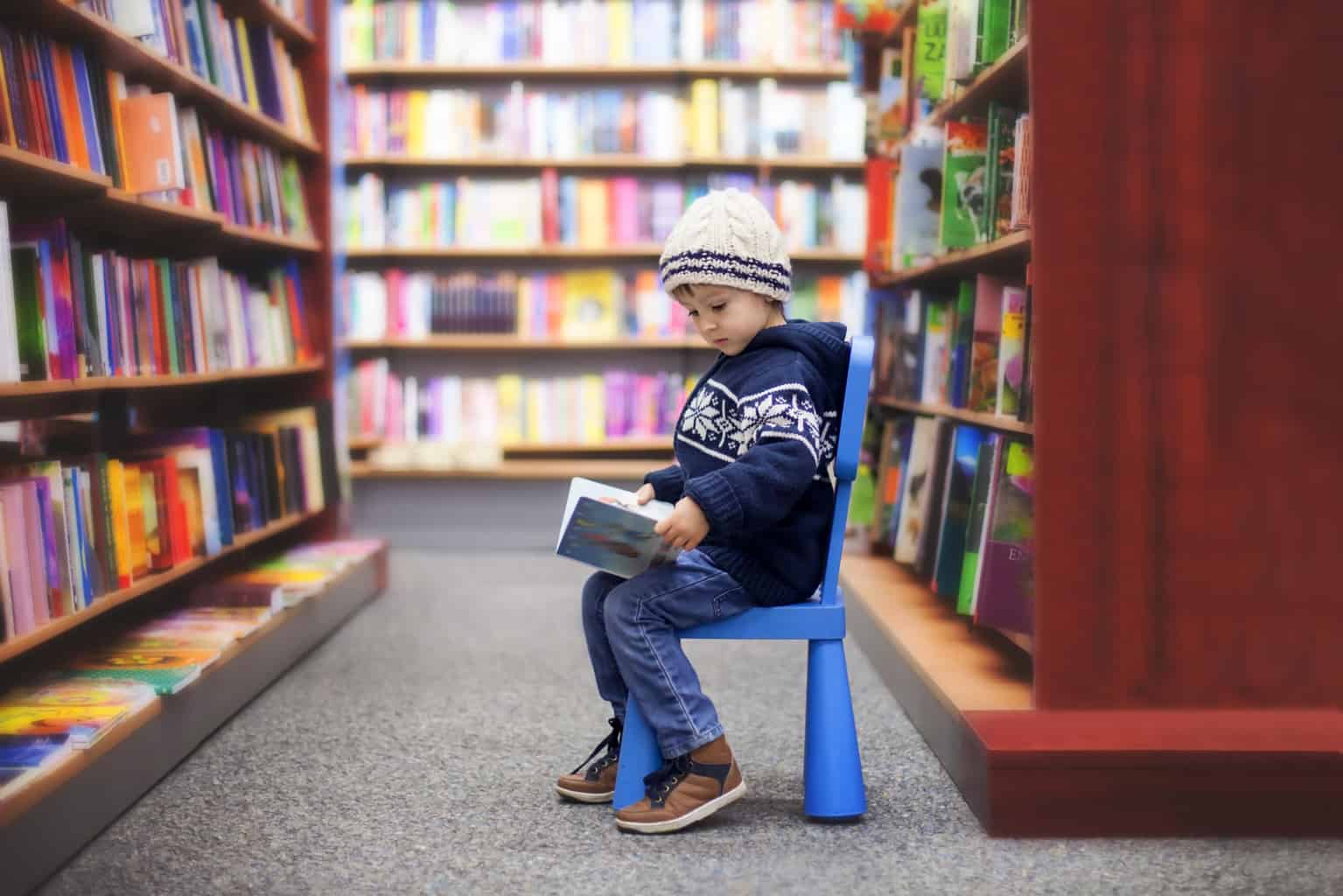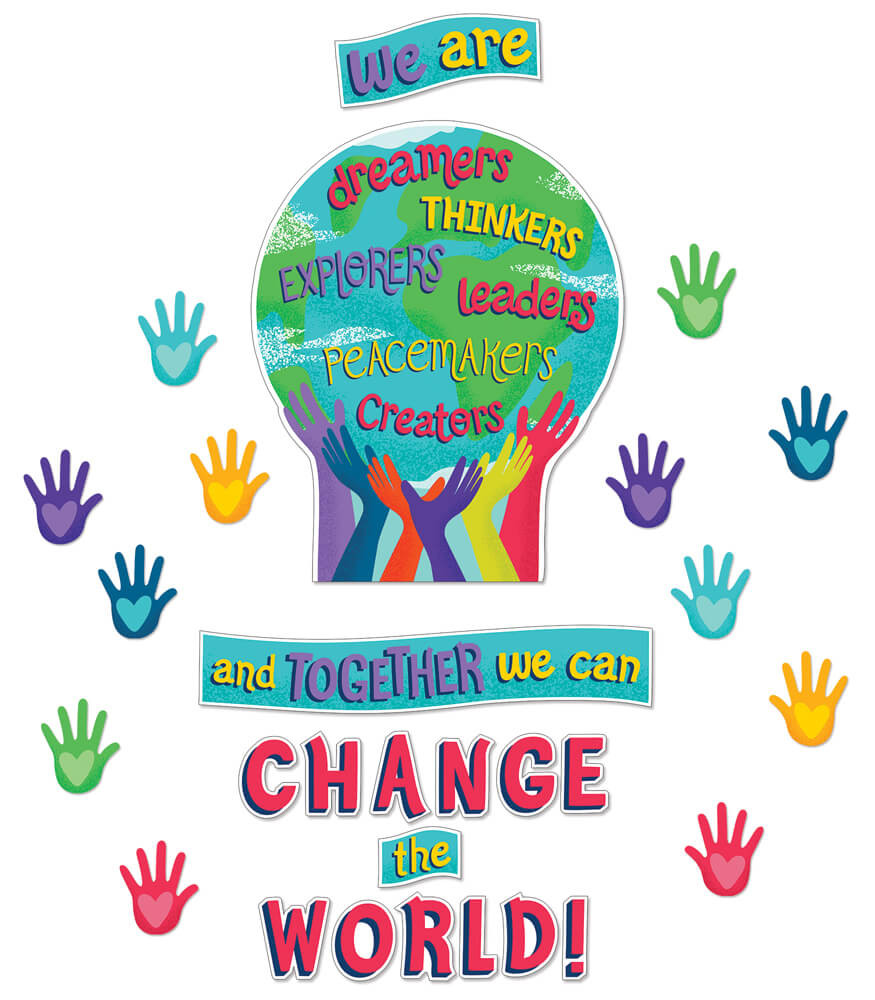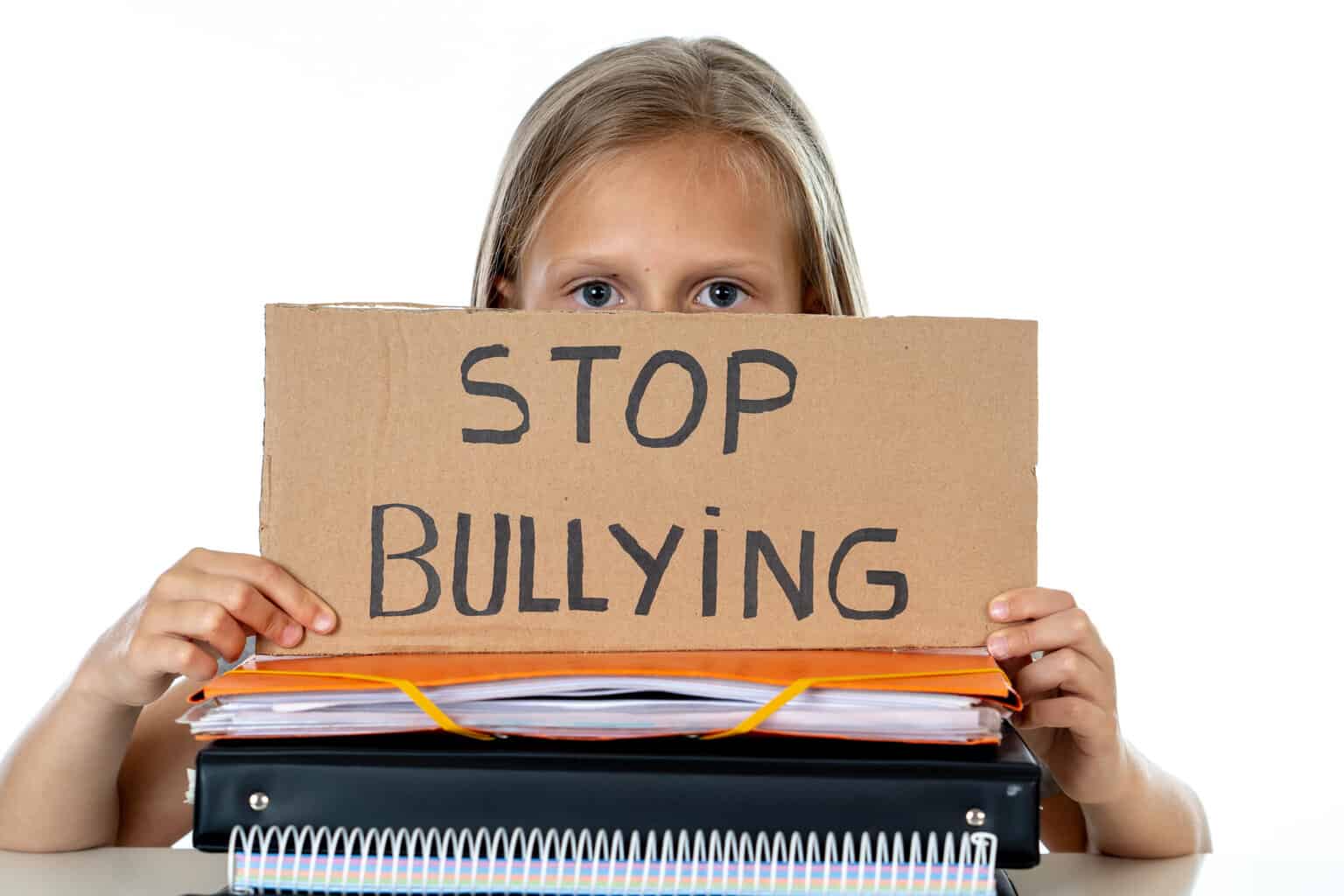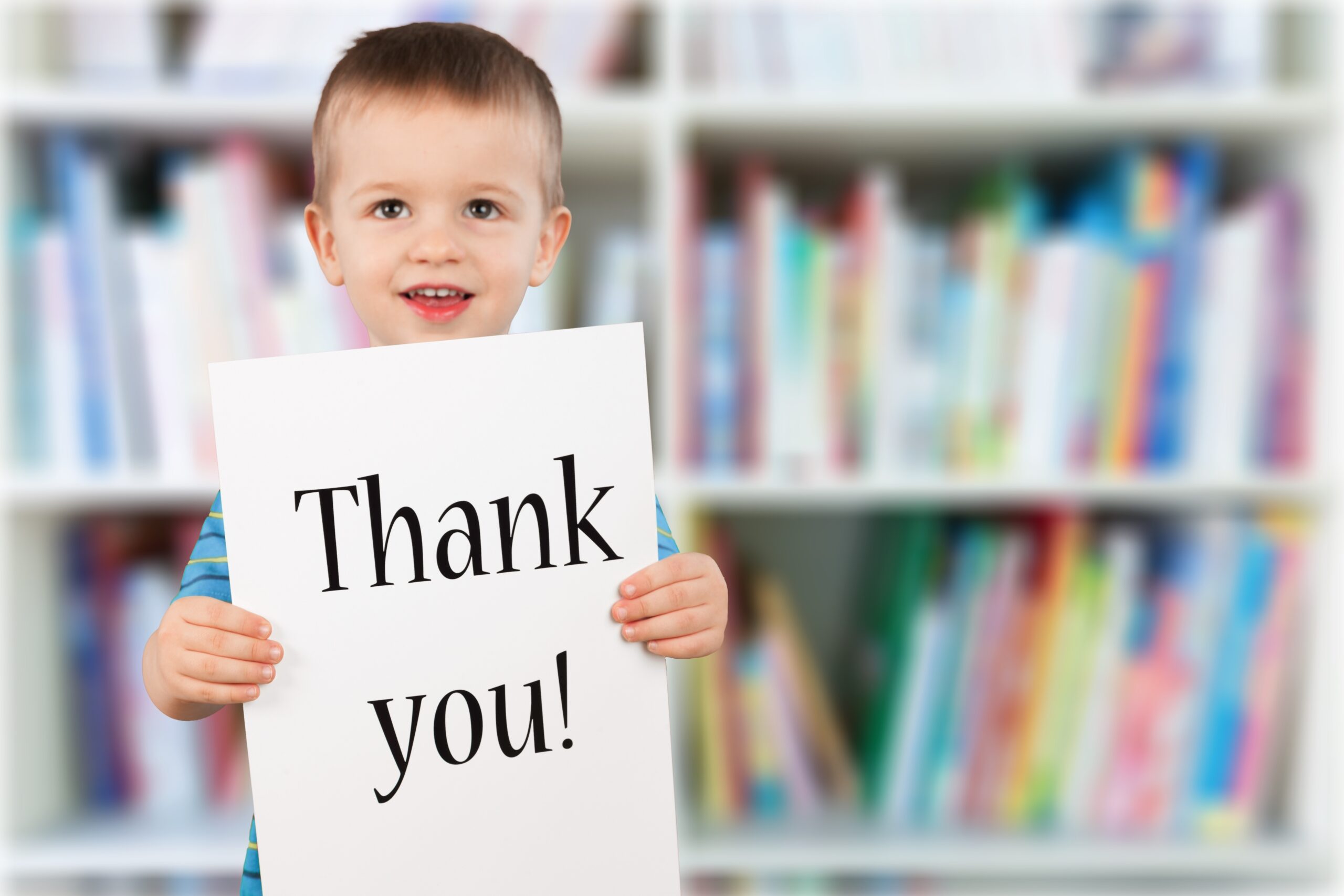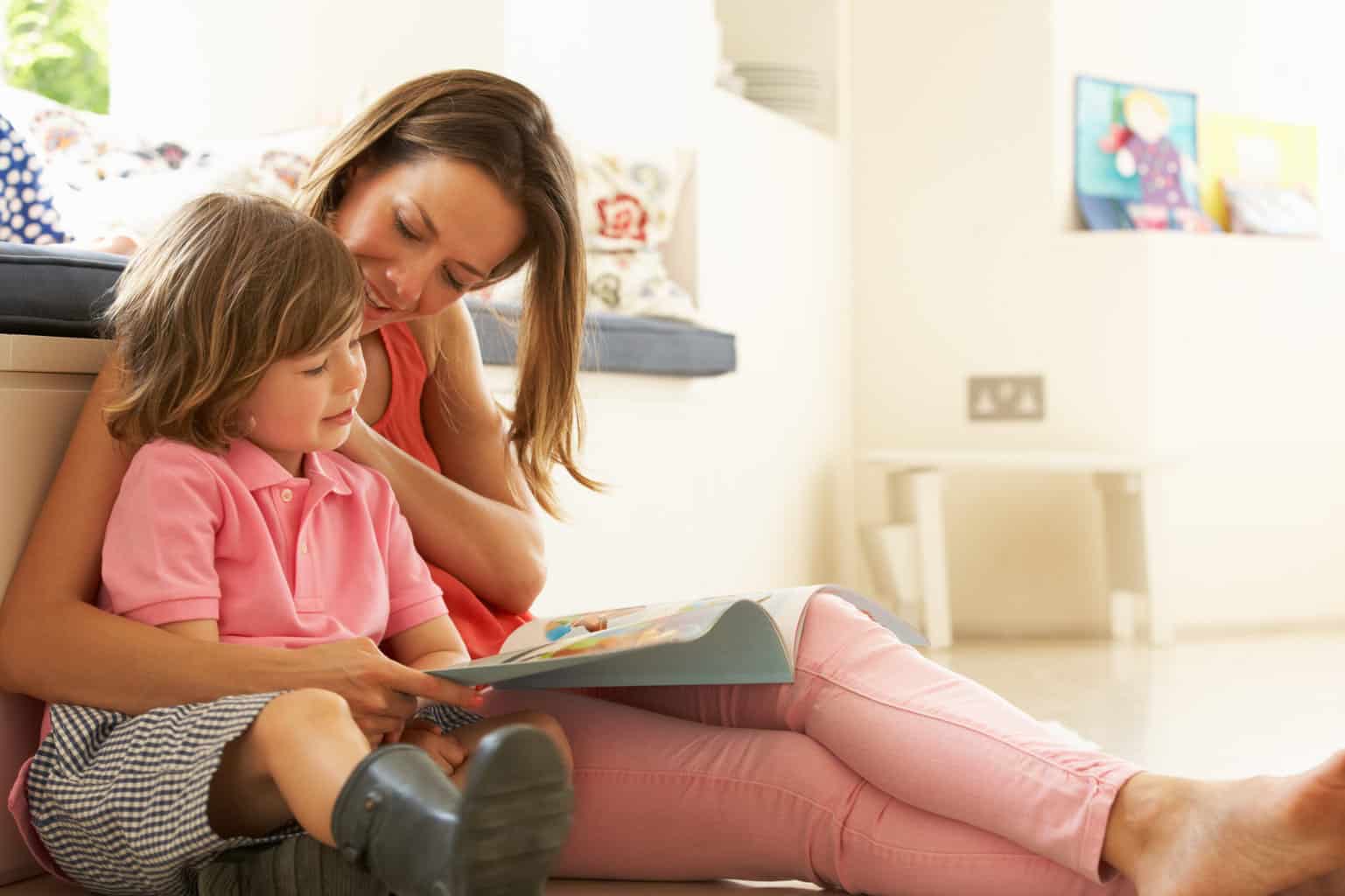Looking for the best books to teach your young kids about feelings and emotions?
Picture and storybooks about emotions and feelings are an excellent way for kids to learn and understand what different emotions are and how to deal with them.
Begin reading these books to your child even when they are an infant and continue through the spectrum as they grow into toddlers, preschoolers, kindergarten, and school-age.
feelings & emotions books for young kids
Is there a particular emotion your child is struggling with?
Explore some of these emotions books for kids, take a peek inside, then decide if it will be suitable for your child, their developmental stage, and personality.
All of the books below come with a recommended age range but remember that is only a general guide and you know your child best.
Remember, even a book that is categorized above their age level can be read to them earlier and they will grow into it!
Once you add a book to your child’s library, it may be enjoyed for years to come and become a well-loved favorite, dog-eared and worn out. That’s how you really know it’s a winner.
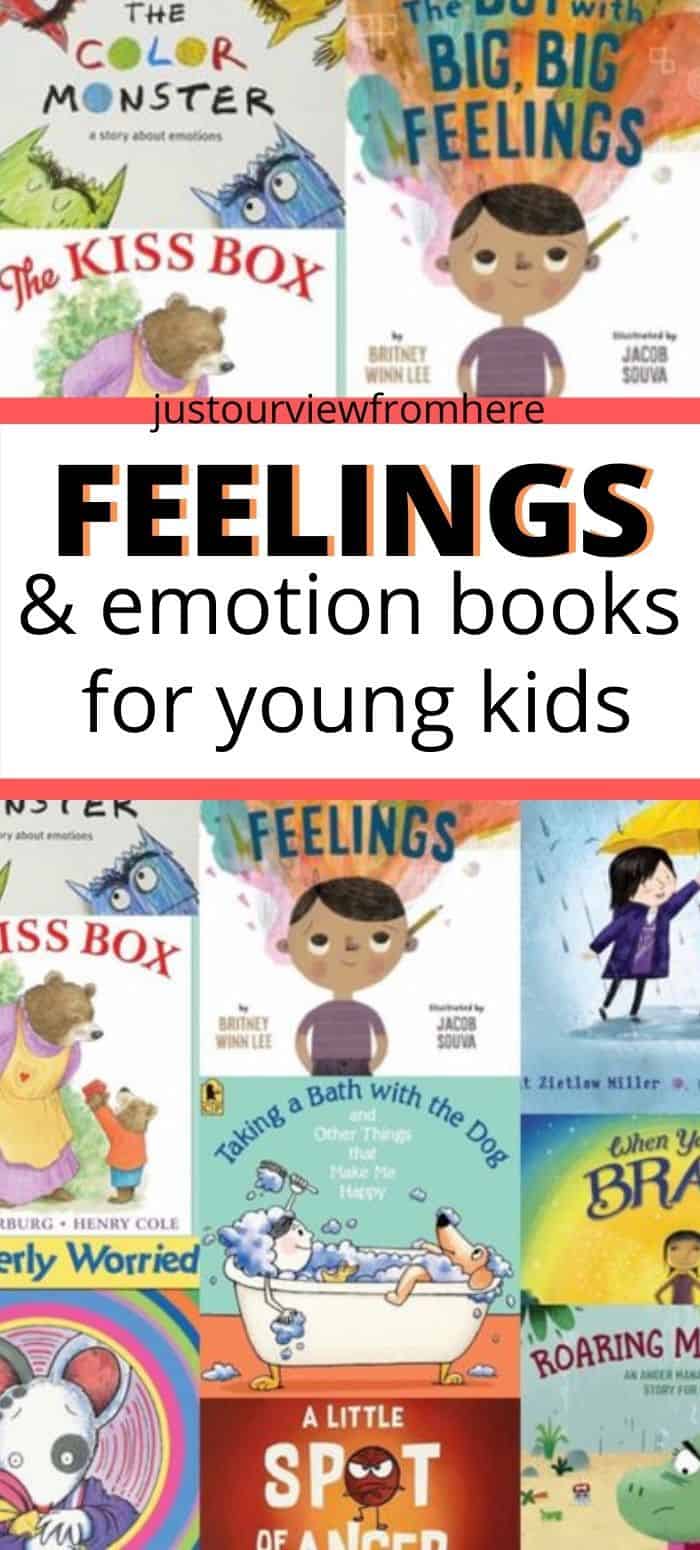
How Can Books About Emotions and Feelings Help Kids?
Our children learn so many things in the early years from stories and picture books.
Want to learn about something? Look in a book! It’s a simple concept and best of all, it works!
Reading with your kids is a super fun way to teach them about pretty much everything. And it won’t even feel like teaching per see.
Children will be enjoying the colorful pictures and the story as it unfolds. All while to tale builds up to the lesson or moral of the story that gets revealed at the end. Kind of sneaky I know!
First off, we’ll talk about books that describe a variety of feelings and emotions.
These types of books help children identify emotions by how their body and mind may react in a real-life scenario.
These books will help your child learn that we all have feelings and it is completely normal as humans.
As well, they suggest some coping mechanisms for some of the more unpleasant feelings (anger, frustration, and fear).
Second, we’ll cover some books that are geared toward one specific emotion and offer ways to manage that emotion.
These are really helpful if your child is dealing with a more specific feeling in their life.
As our children grow, we need to teach them coping mechanisms to deal with the not-so-nice emotions such as anger, frustration, fear, or jealousy.
Books can help! As well, kids will learn about empathy, kindness, and compassion. In other words, how other people’s feelings matter too just as much as theirs!
Here are some of our favorite fun, sweet, colorful, and informative books that can help teach kids about what emotions are and that can help them learn to regulate them.
Kids’ Books That Describe A Range Of Emotions
The Color Monster by Anna Llenas
Recommended Age: 4-8
We love The Color Monster books and it is one of our top picks for identifying and describing common, everyday emotions for kids. This book is a great starting point.
This story begins with a very mixed-up (and very cute) monster who is feeling kind of confused about all the emotions he is experiencing.
A little girl guides him through the book by identifying each emotion, describing it, and associating a colour with it. Then she gives the color monster an example of how he may feel with this emotion.
Each emotion is normalized and not considered good or bad. It acknowledges that we all experience these emotions and it encourages us to share how we feel.
Reading Tip: Try to match the tone of your voice and your facial expression to the emotion as you read about each emotion for added emphasis. This helps convey the emotion better and makes it a lot of fun to read!
Llenas uses colors to help explain feelings to young children in a simple, easy-to-understand way. For instance, green is used to show calm. “This is calm. It is quiet like the trees and as light as green leaves swaying in the wind.”
In the end, the little girl helps him to get all his feelings sorted out into little jars. It carries a sweet simple message and is visually beautiful.
There is also a pop-up version of the book which is a bit different in its content (less detailed) but still has a good message and vibrant artwork.
If your child loves the color monster like ours does, Llenas also wrote The Color Monster Goes To School, a great addition to your library if your child is having first day of school jitters.
In My Heart: A Book of Feelings (Growing Hearts) by Jo Witek
Recommended Age: 2-4
A little girl explains different feelings she feels in her heart with examples of things that make her feel that way.
Another excellent choice of books to start teaching your preschoolers about basic emotions.
Actually, even younger toddlers around age 2 can enjoy and benefit from this book. It is lovely and simple with sweet illustrations and a dye-cut heart on each page.
Witek covers the feelings: Happy, Brave, Mad, Calm, Heart-broken, Sad, Hopeful, Afraid and Silly and Shy.
It is short and sweet, a wonderful little story showing how having positive or negative feelings is completely normal. The language in this book is simple and lyrical which can help keep your child’s attention while still conveying a message.
the boy with big, big feelings by britney winn lee
Recommended Age: 4-8
Our main character, a boy, feels a lot of emotions, including being tuned in to other people’s emotions. He feels them very strongly and describes how his body feels when an emotion is in play.
Scared, Angry, Happy, and Empathetic are some of the emotions Winn Lee covers in this rhyming storybook.
“Sometimes when his play had to come to an end or when things didn’t go as he’d planned, the feelings would run down the length of his arms and clench when they got to his hands.”
He is worried that other kids might not like him because of this, so he tries to hide his emotions. But that just makes him feel more alone. When he meets a girl who feels emotions the way he does it makes things easier for him, knowing he really isn’t alone in how he feels!
This book helps provide the vocabulary for children to learn how to express their feelings. Lee also does such a great job at closing the gender gap in this book because the main character is a boy.
It validates and normalizes feelings for both girls and boys alike, showing that it’s OK to be scared, to care, to worry. It is an excellent book for empathetic and sensitive children.
10 Really Awesome Books To Read With 4,5 & 6 Year Olds
A Little Spot Of Feelings by Diane Alber
Recommend Age: All ages
Scribbles the emotion detective is the main character in this little tale. He teaches the little girl and boy in the story about different emotions and clues the body gives when you feel them.
Facial expressions, body language, voice tone and volume are some of the “clues” this little detective explains to the kids.
This book is really informative and detailed, I suppose that is why it is recommended for such a broad age range.
This is one of those books about emotions for kids that can be started young and grown into.
Junior kindergarten or kindergarten age (4 or 5) is the perfect time to introduce this book and it can be enjoyed for years after as your child learns and grows.
A Little Spot of Feelings covers emotions such as:
- Calm
- Happy
- Loved and Appreciated
- Nervous ( scared or anxious)
- Sadness
- Anger (frustrated or irritated)
- Confident (proud, brave)
This book pretty much covers all the emotions you could think of and can teach kids that once they learn to recognize these emotions in themselves they can also use the clues to tell how other people are feeling.
Alber also has other books that go into each specific emotion in more detail and can be found in a box set.
A Little SPOT of Emotion Box Set (8 Books: Anger, Anxiety, Peaceful, Happiness, Sadness, Confidence, Love, & Scribble Emotion) by Diane Alber.
Tough Guys Have Feelings Too by Keith Negley
Recommended Age: 2-6
A great little introductory book geared toward little boys as to how even tough guys have feelings and it’s ok to feel sad or frustrated or lonely.
It features pictures of typical “brave” characters like superheroes, ninjas, sea captains, and race car drivers feeling frightened, nervous, sad, etc. It simply explains that we ALL have these feelings.
I think this is a great way to teach boys that it’s ok to feel all the feels and they don’t always have to be a macho man.
Underneath it all, we are all human and all have some of the same feelings!
I’m Happy-Sad Today: Making Sense of Mixed-Together Feelings by Lory Britain, Ph.D
Recommended Age: 3-8
I LOVE this book as a way to teach kids that you can feel more than one emotion at once and how to try to sort them out.
The little girl goes through all kinds of different feelings that mash together sometimes and confuse her, explaining the different situations with specific examples like happy-sad, nervous-excited, and frustrated-determined.
For example, you can be excited AND nervous at the same time on the first day of school.
She learns that she doesn’t HAVE to pick just one feeling at a time and she can talk about it with a grown-up or a friend if she wants to. A wonderful book with cute, playful pictures to help explain all the feels.
Reading With Preschoolers: Tips For Parents
Great Read-Aloud Books For 2-3 Year Olds
Books To teach kids About Specific Feelings and Emotions
If kids are experiencing something specific which is impacting their emotions or if there is a particular behaviour you are working on with them (eg. being kind), you may want books that are more specific to that emotion.
Bravery, Grumpiness, Frustration, Worry, Separation Anxiety, and Empathy are some other examples.
I’ve included a book on Happiness as well, and what IT feels like. Because teaching our children to find joy in their lives is one of the greatest lessons of all.
(If you want to see the loveliest story of all, scroll down to the bottom and check out The Kiss Box by Bonnie Verburg. It is beyond sweet.)
Bravery/Courage
When You Are Brave by Pat Zietlow Miller
Recommended Age: 4-8
When You Are Brave opens with an image of a family packing up their car for a move, and two little eyes peeking out from inside the house.
To this little girl, everything seems scary and she has to be brave.
She is worried about saying goodbye to neighbours, making new friends, and living in a new place. She feels very small.
But when she breathes deeply and looks inside herself, a hidden spark of courage appears, one she can nurture and grow until she glows inside and out.
As the story goes on, it helps to show that we do indeed have courage inside and that using our courage is like exercising our muscles. The more you use it, the more it grows and becomes easier to use!
The girl realizes that remembering what we’re good at, the things we love, and the people who love us makes our courage as big as we need it to be
The tone of the book starts off gloomy, even the pictures are dark in color and a little sad. But as the book goes on, light begins to fill the pages and the illustrations become positive and cheerful.
In the end, the girl is brave and ready to face her new adventure.
Grumpiness/Moodiness
Grumpy Bird by Jeremy Tankard
Recommended Age: 0-4
We have read this one hundreds of times and it’s a really fun book to read aloud. This is another one where you can use facial expressions and funny voices for each animal.
Bird is too grumpy to fly so he decides to walk. As he walks he comes across some animal friends one by one. He gets a bit annoyed when they ask him what he’s doing but they all end up walking together. They follow along with whatever he does.
Finally, Bird forgets he is grumpy because he’s having too much fun with his friends who are copying every little thing he does. It’s a simple, cute story with a good message.
Sometimes we’re grumpy for no good reason, and our mood has to run its course. I like the fact that Bird’s friends didn’t try to cheer him up, that they simply accompanied him on his journey.
The bright illustrations are eye-catching and will hold a young readers’ attention.
Anger/Frustration
Roaring Mad Riley: An Anger Management Story for Kids by Allison Szczecinski M.Ed.
Recommended Age: 4-7
Riley the dinosaur gets roaring mad when her friend at school accidentally knocks over her block tower and her body reacts to the anger.
Her face feels hot, her body feels tight and her breathing gets fast! Her teacher Mr. Rex helps her to understand why this happens and the things she can do to manage her anger when she feels this way.
This book has great illustrations and may be helpful for your child to understand why they feel the way they feel when they get angry and things they can do (like belly breathing and other calming techniques).
It even has a questions and activities section in the back for you to explore with your child.
Worry
Ruby Finds A Worry by Tom Percival
Recommended Age: 3-6
Ruby Finds a Worry is about a young girl named Ruby. She loves to play, explore, and do a lot more things. One day though Ruby finds a worry.
She tries to ignore it but the worry grows bigger and bigger until it’s all she can think about. She thinks that it will be there forever, which makes her sad. One day Ruby meets a boy who also has a worry, and together they learn all about worries.
The overall theme of this book is talking about your hidden concerns. It teaches kids that it is important to express their worries and that everyone worries sometimes, and they’re not alone.
It is written in a way that is very easy for young children to understand. The strategic use of color is also very eye-catching and will keep a child’s attention.
Wemberly Worried by Kevin henkes
Recommended Age: 4-8
Wemberly worried about EVERYTHING.
And Wemberly worried about one thing most of all, her first day of school. But when it’s time to go back to school and she meets a fellow worrywart in her class, Wemberly realizes that school is too much fun to waste time worrying!
This is a lovely, simple book for little ones who are getting ready to start kindergarten or preschool.
Wemberly Worried is a great book about emotions for kids who express a lot of worries, but it’s also great to share with kids who are thrilled to try new things. Why? It gives them a chance to develop empathy and understanding for their friends — and for families to talk about how to help out friends who seem scared, nervous, or shy.
Best Thankful & Grateful Books For 4-8 Year Olds
‘Far Out’ OUTER SPACE BOOKS for Little Kids
Christmas Books for Kids About Giving & The True Spirit of Christmas
Empathy
Empathy Is Your Superpower by Cori Bussolari PsyD.
Recommended Age: 5-7
Bussolari’s book is a great resource for discussion in classrooms or homes about empathy and what choices you might make if a friend is sick, hurt, bullied, alone, disabled, etc. It offers an engaging definition of empathy as a superpower.
The actions taken by the characters show how one might show empathy for a friend. This can be really helpful for your child in showing empathy in real-life situations. It’s not a read-aloud book but more of a discussion starter.
The book has a beautiful message, and the author uses multiple examples to help children apply this wonderful superpower to their lives.
It also includes multiple activities and resources at the end of the book to continue to practice your child’s empathy superpower!
Be Kind by Pat Zietlow Miller
Recommended Age: 3-6
When Tanisha spills grape juice all over her new dress, her classmate contemplates how to make her feel better and what it means to be kind.
From asking the new girl to play to standing up for someone being bullied, this thoughtful story talks about what a child can do to be kind, and how each act, big or small, can make a difference–or at least help a friend.
Be Kind is a sweet picture book about the power of kindness. Told from the viewpoint of a child, it teaches kids to consider other people’s feelings. It explores things they can do or say to make others feel better when they are blue and that the little things can make a huge difference.
A lovely choice of books to help kids to be considerate when it comes to other people’s emotions and feelings.
Happiness
Taking a Bath with the Dog and Other Things that Make Me Happy by Scott Menchin
Recommended Age: 4-8
A little girl named Sweet Pea is sad one day and her mom asks what would make her happy? She doesn’t know and goes on a quest to find out what makes other people happy…she asks a dog, an old man, a rabbit, a centipede (shoes lol) and various other characters.
By the end, Sweetpea has a whole list of things to tell her mom what makes HER happy.
A super cute book that will invite kids to think about what is happiness and what brings them joy. It will also help children realize that there are simple things in daily life that make people happy.
The level and length of this book is perfect for Kindergarteners as it has a repeating line– What makes you happy?
Separation Anxiety
The Kiss Box by Bonnie Verburg
Recommended Age: 3-5
A reassuring story about separation and love, I love this book so much!
In this gentle, lovely story between mother and child, Mama Bear offers various vessels to contain their love while they are apart–but none seem right. It’s not until Little Bear suggests that they make each other a Kiss Box–filled with a hundred kisses–that they are able to stay connected–no matter where they are.
Whether it be an errand to the grocery store, a business trip, or the first day of school, this is a tender reminder that we are always together where it matters most: in our hearts.
This is such a sweet, sweet book. It helps young children devise a strategy for dealing with the sad feelings of separation from a parent, whether it be a daily occurrence or a lengthy separation. You can even make your own Kiss Box for you and your little one to use in real life.
wrap up: emotions & feelings books for kids
I hope you will find some titles that are a good fit for your child on our list. Kids’ books about emotions are such an excellent way to teach your little ones about their feelings, big and small. And of course, reading and storytelling with your kids is one of the best bonding experiences you can have!
Happy reading! K.

Kelly Blakely is the founder and creative force behind Just Our View From Here. As a first-time mom over 40, she brings a fresh perspective to parenting and family life on her blog. Kelly also explores a wide range of lifestyle topics in her writing, including fashion, beauty, self-care, and well-being.
resources
amazing learning resources & classroom supplies for teachers and parents!
Not sure what your child’s reading level is? You can get a reading assessment and a ton of other awesome literacy resources for kids ages 2-12 with Reading IQ: Age of Learning. They offer the first month totally free so there’s nothing to lose!
More Articles For You To Enjoy!
Benefits Of Taking Your Kids To The Library
11 Compelling Reasons to Bring Your Kids to the Library A Library is a magical…
Anti-Bullying Books to Promote Kindness and Empathy in Children
Bully-Proof Your Reading List: 17 Picture Books for kids In honor of National Bullying Prevention…
Thankful Books For Kindergarten Read Alouds
Books About Being Thankful and grateful For Kindergarten & Grade 1 These kids’ picture books…
Reading With Preschoolers-Tips For Parents
Are You Wondering How To Raise A Reader? When it comes to kids and reading,…
Space Books For Toddlers And Preschoolers To Blast Off Learning!
30 Preschool Books About Space And Astronomy Updated Feb. 9, 2023 Toddlers and preschoolers who…
Best Books To Read To 5 Year Olds
Reading with your kids can be so much fun! If you enjoy reading with your…
11 Fun Ways To Teach Your Preschooler Their ABC’s
13 Hilarious & Fun Read Alouds For 4-7 year olds
30 of the Best Books To Read With Your Toddler
Just Our View From Here is a participant in the Amazon Services LLC Associates Program, an affiliate advertising program designed to provide a means for sites to earn advertising fees by advertising and linking to Amazon.com.

